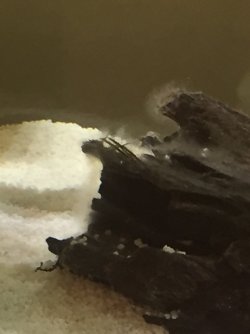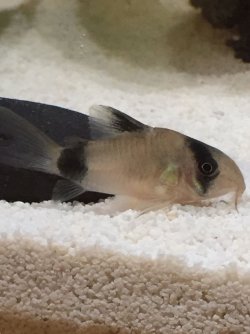I have a 10 gallon tank that is cycled and has a couple of plants. I had three panda corydoras (starting to stock the tank, with the goal of 6 fish). Everything had been stable with weekly 25% water changes; the water parameters have remained 0/0/0. My region has hard water, and the pH has been stable at 8.4 (the corys had been acclimated to these conditions from the LFS). After the last water change, two of the corys developed pop-eye and quickly died.
In my effort to try to figure out what was happening, I tested the water parameters again, and discovered that the pH had dropped to 7.8. I have not added anything to the tank other than clean water and food, and I use a dedicated bucket for water changes. I tested the water from my tap and discovered that the pH is significantly lower (7.2) than it typically had been in the past - so I think that some change in my water supply is responsible for the change in pH.
Is the change in pH the cause of the pop-eye and loss of my fish, or should I be looking for another cause? The remaining cory is lonely, and I would like to get some new companions, but I don't want to cause the death of any more fish.
In my effort to try to figure out what was happening, I tested the water parameters again, and discovered that the pH had dropped to 7.8. I have not added anything to the tank other than clean water and food, and I use a dedicated bucket for water changes. I tested the water from my tap and discovered that the pH is significantly lower (7.2) than it typically had been in the past - so I think that some change in my water supply is responsible for the change in pH.
Is the change in pH the cause of the pop-eye and loss of my fish, or should I be looking for another cause? The remaining cory is lonely, and I would like to get some new companions, but I don't want to cause the death of any more fish.





